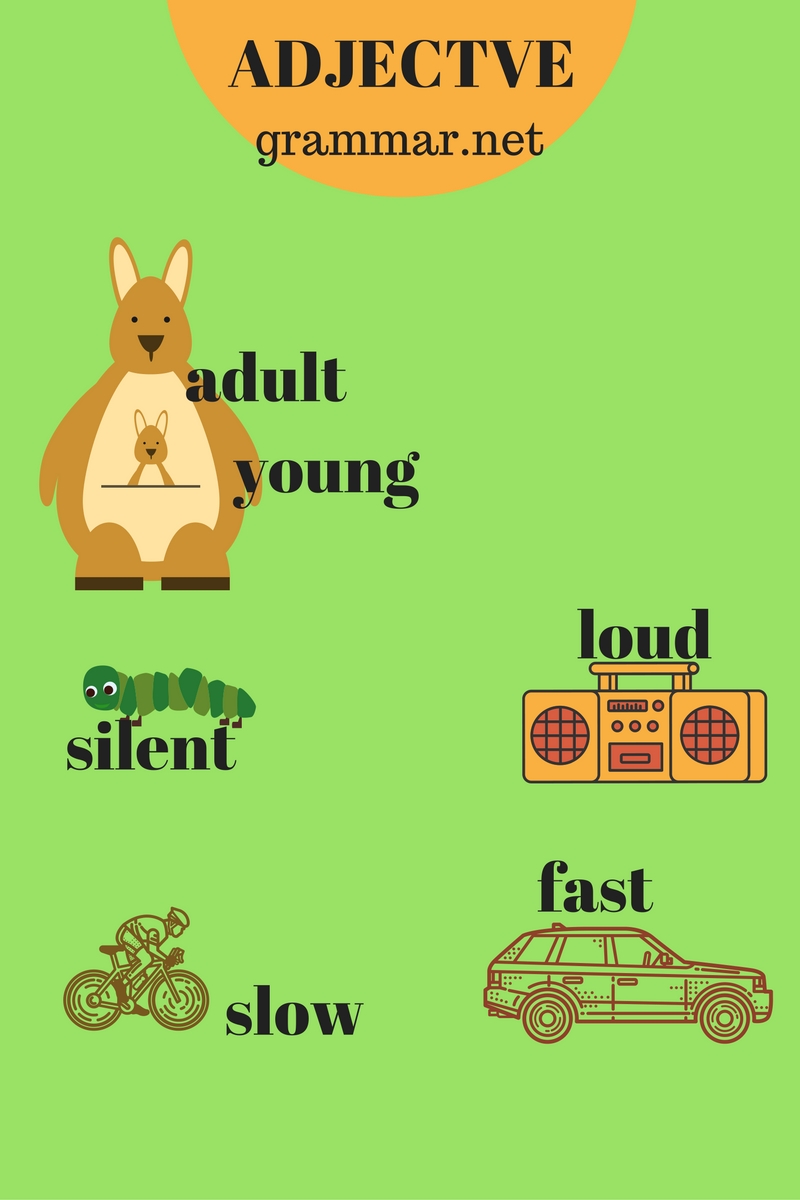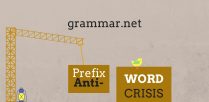Don’t worry, as today we continue our discovery.
We always use the following words to explain the grammar: noun, pronoun, verb, adjective, adverb, synonym, antonym, etc. Let’s define the meaning of some of them now.
Today we’ll study the adjective.
It is a describing word, and its primary role is to qualify a noun or phrase, giving more information about the object we talk about.
Remember: if this word doesn’t describe the quality or provide us with a suggestion on what kind of the object it is, it is an adverb.
We immediately recognize the following words as the adjectives:
- small
- big
- interesting
- boring
- fast
- slow
We can quickly see that they are antonymic to each other. What I’d like to show you is that the adjectives are scary by no means (especially if we speak English and about English!)
You shouldn’t be afraid! The central point that always makes the students upset is the order of the adjectives. Again, may the force be with you: here come the rules.
If we have the special signal as “the”, “most”, “fifty” before them, then the adjectives must be listed in a particular order as follows:
- Opinion: kind, smart
- Size: high
- Age: new, old, prehistoric, immature
- Shape: square, round
- Color: yellow, pale, spotted, rosy.
[They say it is alright to interchange “age,” “color”, and “shape” as long as the sentence is not uncomfortable.] - Origin: French, marine, public
- Material: snow, plastic, wool
- Purpose: word combinations as “fishing rod”, “training wheels”, or “cooking pots”.
[Purpose adjectives often end in “-ing”.]
Oh, this grammar subject is one of the easiest for you to study, though I’d like to prevent you that we’ll have a lot of homework tomorrow, so consider the rules, and get ready for the work to come!








